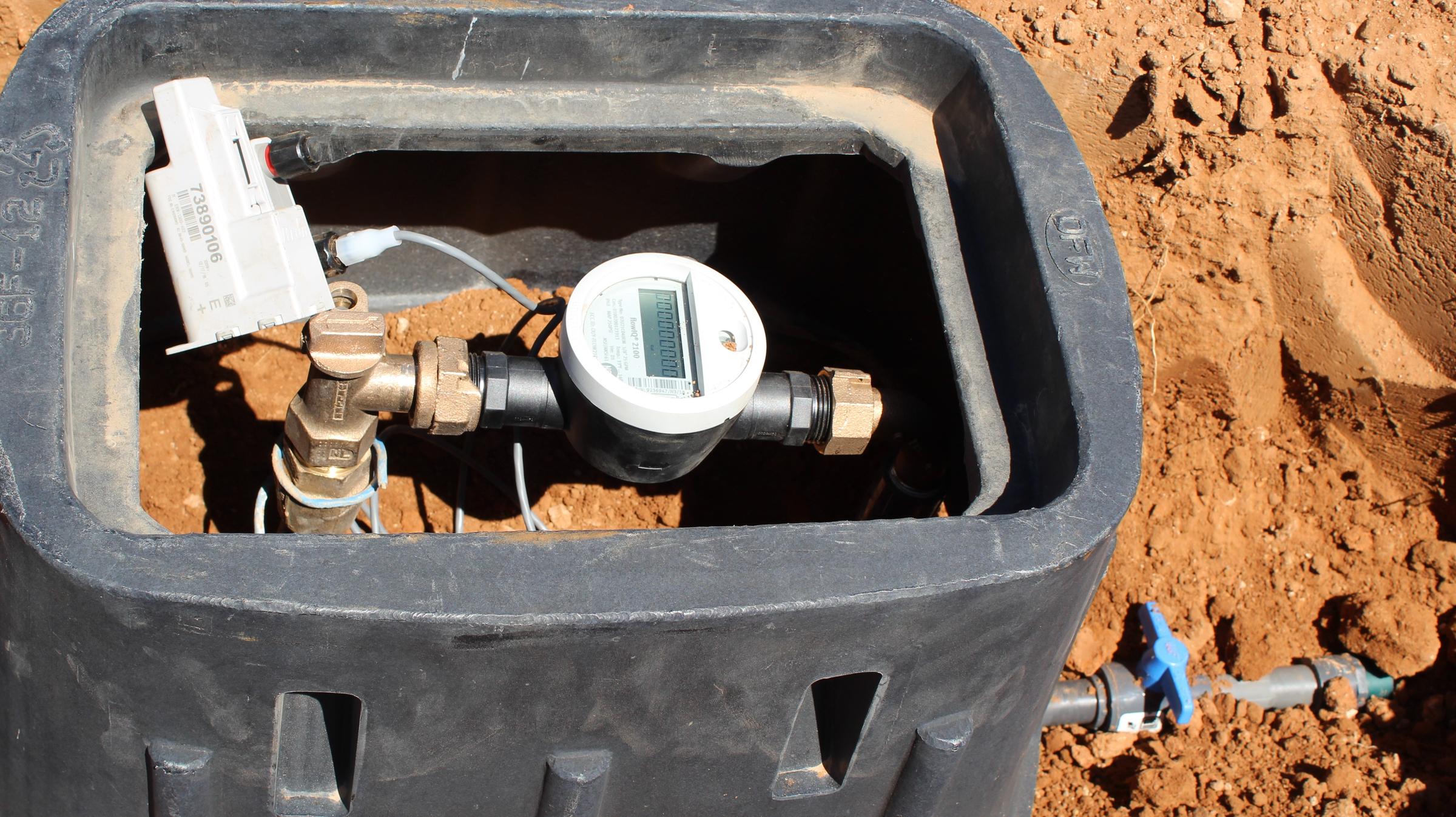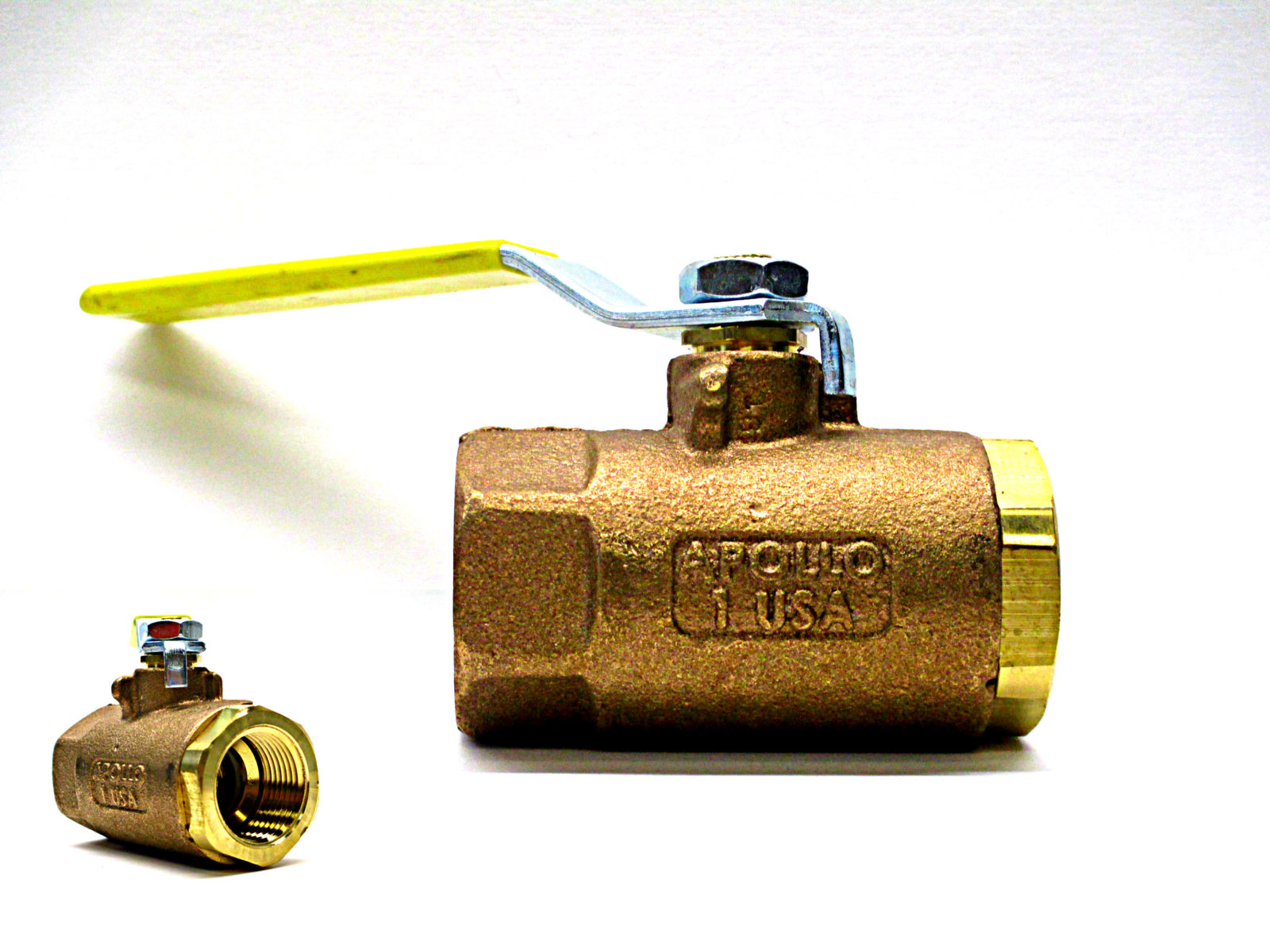We have come across this article on 3 Shower and Storm-Proof Steps For Your Home below on the net and accepted it made good sense to write about it with you in this article.

The plumbing system of your house includes a detailed network of pipes and shut-off shutoffs. While everybody recognizes what pipes are, the last is used to regulate the water's flow into the pipes throughout your home. In an emergency, you can reduce the water flow using the valves. The cutting of the water flow protects against extensive water damage from occurring.
Why Must I Stress over This?
In daily life, you don't need to fret about water flow. If you have water issues, it's excellent to recognize where the water vales are. On top of that, specialists will request this place if you call them for repairs. The specialist servicemen will turn off these valves in case of repair work in local lines. As an example, your washroom sink is damaged. You can turn off the water circulation when you located the water valve under the sink. You can save on the additional water coming out. For significant leakages, you must close the mainline shut-off valve. It is additionally excellent technique to transform this valve off if you will be away for a time.
Comprehending just how to do shut down water valves is critical in an emergency. The longer you wait to close the shut-off shutoff, the extra extensive the damage will occur plus the costs. When you're stressing in an emergency event, you may also not have adequate time to figure out just how to close the valves properly. Discovering it currently is the best point so you can stay tranquil under pressure.
What Does the Shut-Off Shutoff Appear Like?
The shut-off valve appears like a handle that allows you to turn off the water for a particular home appliance, a localized area (for example, the whole second flooring), or for the whole residential or commercial property. Knowing where these shutoffs are essential specifically in case of water damage or water emergency concerns. You can have control over an unforeseen event using your understanding of the shut-off valves' area.
This step will assist you avoid substantial water damage that will set you back thousands to repair.
Where are These Shutoffs Found?
It might be challenging to find them, particularly if your building allows. Your best bet is to call a water restoration solutions firm for guidance if you don't recognize where the shutoffs are situated. If you own have a rather moderate-sized house, attempt seeking a knob or bar within the area of the pipelines. The shutoffs are typically located in the complying with locations:
If you acquired a home assessment record from the previous owner, it needs to be suggested in those papers. Typically, builders set up the valves near or within the primary or ground-floor bathrooms.
When to Call a Specialist?
Constantly consider leading to close off the primary water line and reducing the source of water in your entire house if there is a significant water case in your house. Call your plumber to inspect the issue, ask for their recommendations, as well as shut down the shutoff in that location just so you can use the remainder of the plumbing in various other locations of your residence.
Bear in mind, these shutoffs are lifesavers and also crucial for any type of plumbing repair work. If you detect any kind of leakages to prevent more damage, make it a routine to transform it off. Remember that your house can be swamped by all-natural water from rainfalls or tornados yet your inner water can create the very same damages from your plumbing. In the event of a plumbing emergency, closed down these valves to prevent issues that call a trusted water damage repair supplier.
The cutting of the water circulation prevents extensive water damages from occurring.
If you have water problems, it's good to understand where the water vales are. You can shut off the water flow when you situated the water valve underneath the sink. Knowing where these shutoffs are crucial particularly in the occasion of water damages or water emergency problems. Your residence can be flooded by all-natural water from storms or rainfalls however your interior water can create the very same damages from your plumbing.
How to Shut Off Water Valves
The Shutoff Valve to the Water Supply for an Individual Plumbing Fixture
To stop the flow of water to a specific appliance such as a sink, check the pipes for the nearest valve; it will likely be made of chrome and located directly below the fixture. Many showers and sinks have two valves for hot and cold water respectively, so make sure to turn them both off. Appliances like dishwashers, How to Shut Off Water Valveswashing machines, and refrigerators sometimes have switches, rather than valves, on the hoses connecting them to the wall. Water heater valves are usually located on the pipes above.
When it comes to which way you should turn the valve, keep in mind the old saying “righty tighty, lefty loosey.” In other words, turning a valve clockwise, or to the right, will restrict the flow of water while turning it counterclockwise, or to the left, will allow water to flow. If you have trouble turning the valve, wear a work glove to get a better grip, or use a wrench. Once you turn all of the valves clockwise as far as they will go, the water supply should be successfully shut off.
Before you start making repairs, have a bucket nearby so that you can drain any water that was left over in the pipes. After you finish the job, turn the valves counterclockwise as far as they will go to restore the water flow.
The Shutoff Valve for the Main Water Supply to Your Home
The first step is locating your main shutoff valve. You probably have a brass valve with a round handle near the area where water enters your home. It could be located in your kitchen, a utility closet, a downstairs bathroom, or even on an outside wall. Turning the valve clockwise as far as it can go should shut off all of the water fixtures in your home; however, you’ll need to turn on all faucets to empty any water left remaining in the pipes. Let your sinks and showers run until all water flow ceases, and then turn all faucets to the off position. After finishing your repairs or installations, turn the main valve back counterclockwise.
The Shutoff Valve for the Water Supply to Your Entire Property
Before you do anything, call your water company and ask for permission to access your street shutoff valve. If your home’s main water valve fails or needs replacing, you must turn off the water supply to your whole property before attempting repairs. You’d also need to do this before trying to fix a leak in the pipes connecting your home to the street valve. The shutoff valve for the property is usually located in the same metal box that contains the water meter. Remove the box cover and look for a handle; you might need a long wrench to reach it.
Different cities have different types of street valves. Ball valves have long, thin handles while gate valves have more rounded handles. A ball valve handle will usually be aligned with the pipe while open; turn it 90 degrees to the right to turn it off. Gate valve handles should be turned clockwise as far as possible to stop the water flow.

I am just very taken with 3 Waterproofing Tips For Your Home during the Shower/Storm Season and I'm hoping you liked the entire page. So long as you appreciated our blog entry if you please remember to share it. Kudos for your time. Visit us again soon.
We've got you!